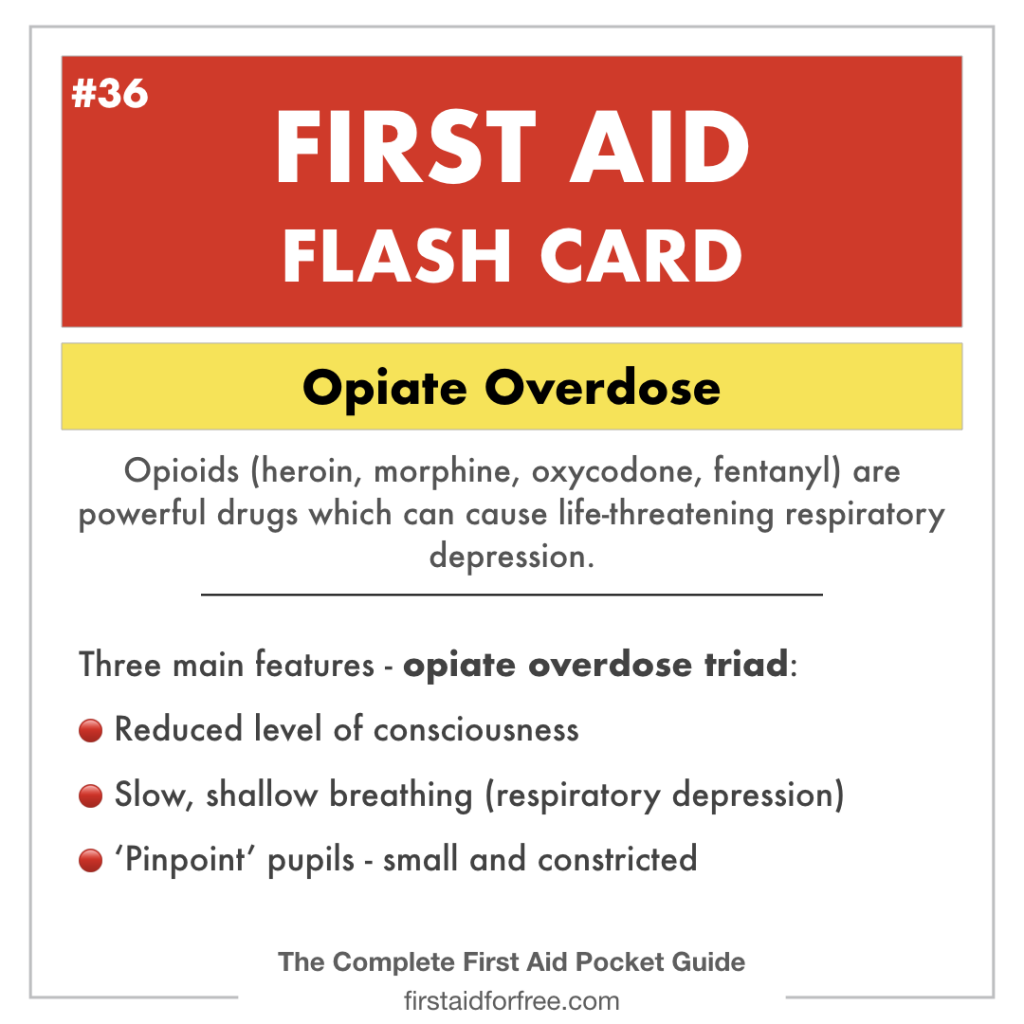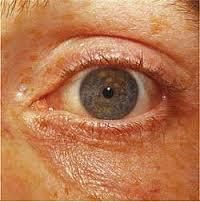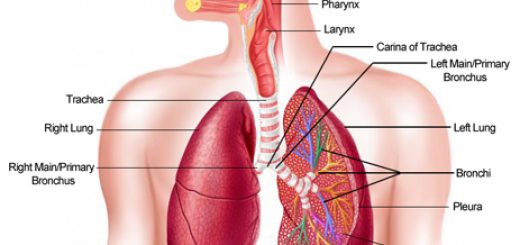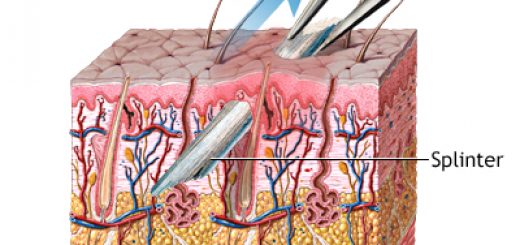How to Recognize an Opiate Overdose
Opiate drugs are an increasingly common cause of deaths from accidental and deliberate overdose. In the United States, the CDC describes opiate overdoses as an “epidemic” which claimed more than 47,000 lives in 2017.
Opioids are dangerous drugs with significant side effects. In overdose situations, opioids cause a reduced level of consciousness and respiratory depression.
Death or serious disability is caused by hypoxia due to ineffective breathing. This can occur rapidly within minutes following an overdose. Early medical treatment is vital to protect the patient’s airway, support their breathing and administer Naloxone (an opioid reversal agent).
Common prescription opioid drugs include:
- Oxycodone
- Hydrocodone
- Other forms of oral morphine
Illicit opioid drugs include heroin and fentanyl. Fentanyl is an incredibly dangerous drug which is 50 – 100 times more potent than morphine.
Signs and Symptoms of an Opiate Overdose

The opiate overdose triad, described in the flashcard, is made up of three components:
- A reduced level of consciousness/coma
- Slow, shallow breathing
- Small constricted pupils – known as pinpoint pupils

Management of an Opioid Overdose
If an opioid overdose is suspected, immediately call for emergency medical help. Basic airway management is vital, ensure the patient’s airway is open and protected. If they are not breathing normally, commence CPR.
Some areas train first responders in the use of Naloxone before the arrival of emergency medical aid. This may be administered intranasally, or if training allows via an intramuscular injection. Naloxone works by reversing the effects of the opioid drug.





